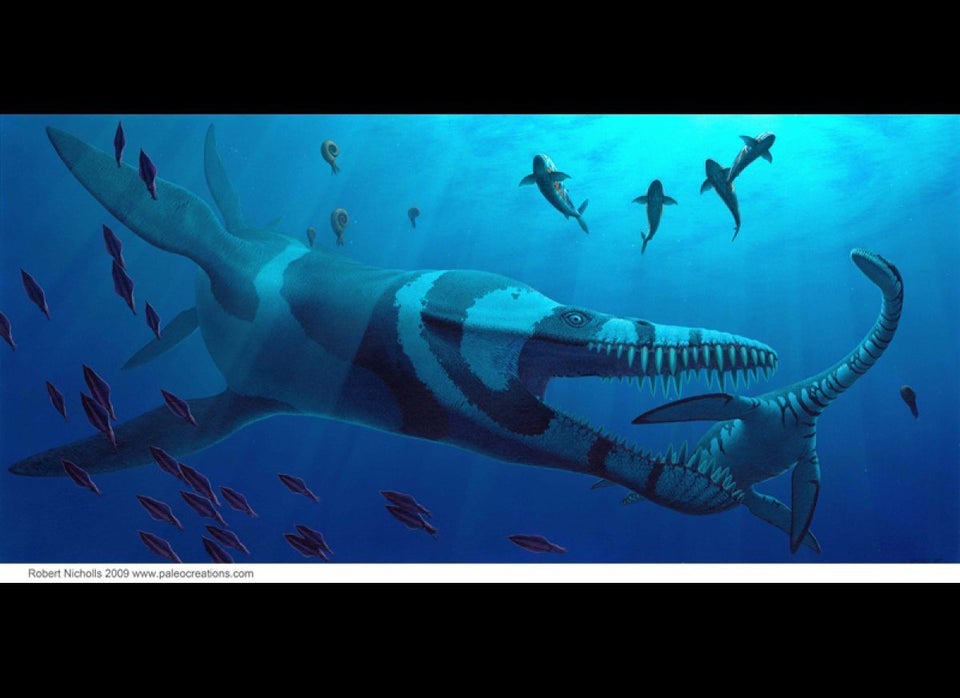Most of us can only name a handful of dinosaur groups and species, namely those that were represented in "The Land Before Time."
Dinosaurs like the Apatosaurus (aka Little Foot), Triceratops (aka Cera), Stegosaurus (aka Spike) and Tyrannosaurus (aka Chomper) get all the glory, even though scientists have named approximately 700 dinosaur species.
Making sense of fossils from 100 million years ago, however, is tricky business. Many scientists have a hard time agreeing on distinctions and some studies suggest there isn't enough evidence to fully support the uniqueness of half of the named dinosaur species.
Still, paleontologists think there are least 700 to 900 species still waiting to be discovered -- and 2015 helped us inch toward that enlightenment.
Below, check out nine totally weird species discovered this year, as well as what we imagine their names should have been.
Because dino-love never goes extinct.

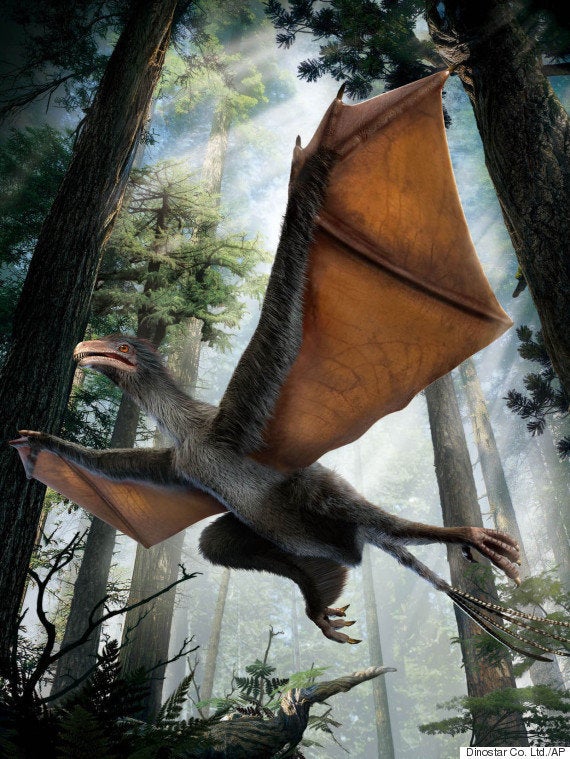
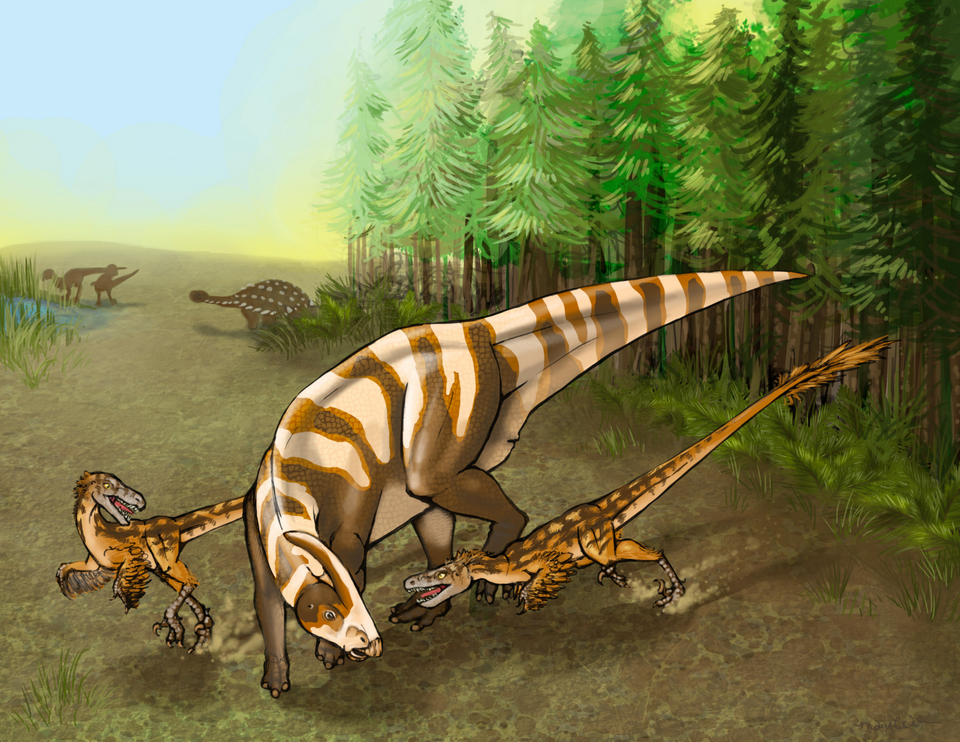
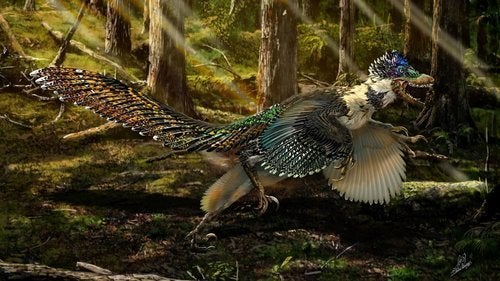
"The real Velociraptors," a paleontologist said, "would have been feathery, fluffy, winged Chickens from Hell."
While Zhenyuanlong suni may have had a set of birdlike wings, it was too short to fly and was likely used for show and egg protection.
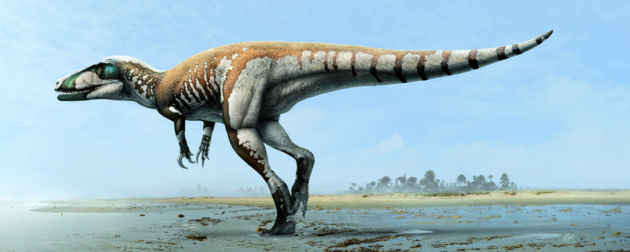
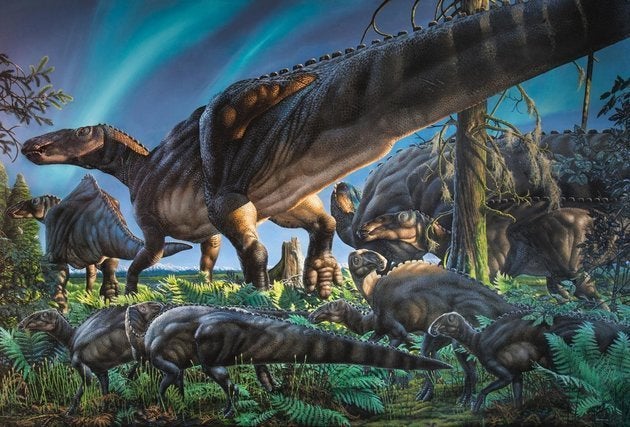
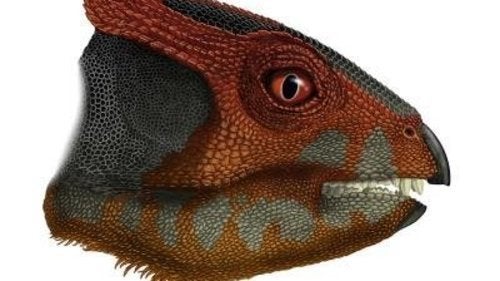
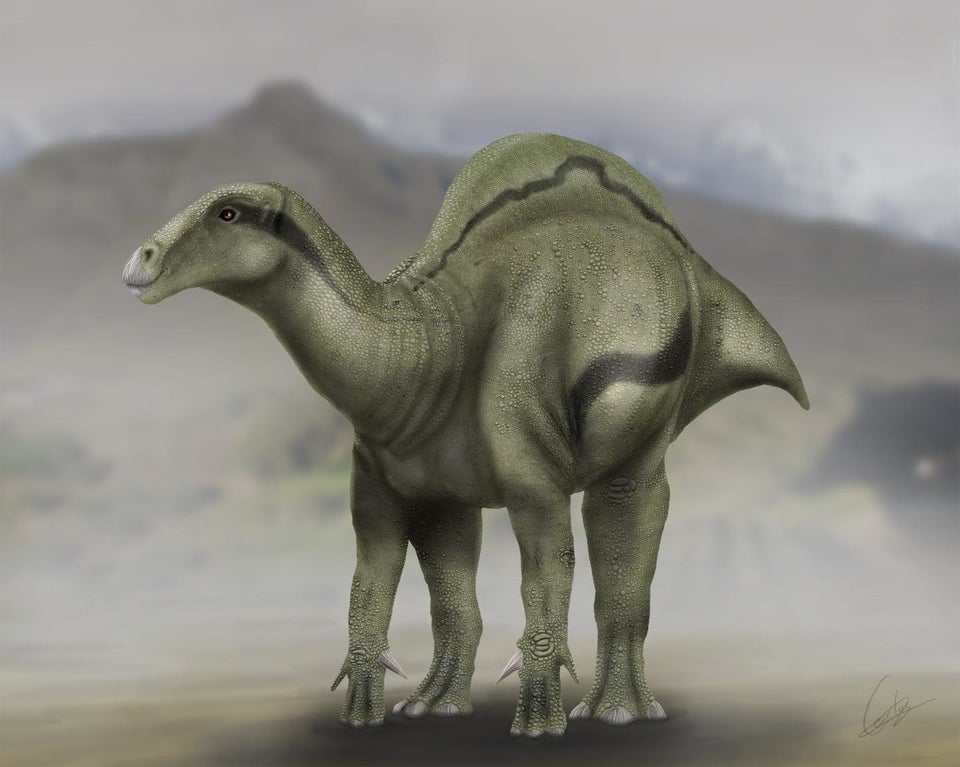
Also on HuffPost:

